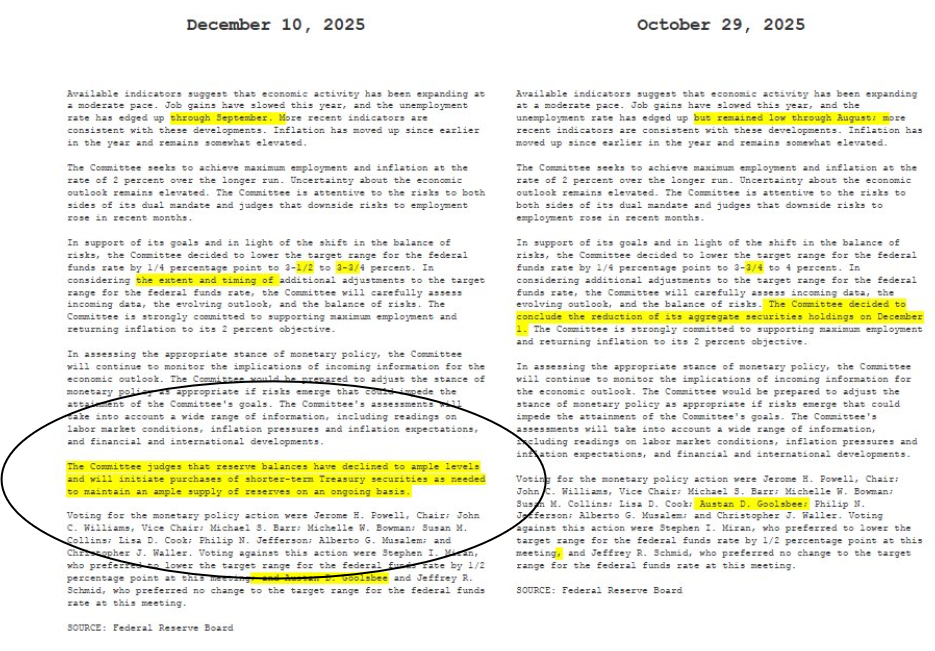Stephen Anderson, in his Mises Wire essays of February 1 (“Are Bankruptcies of Some US States in the Future?”) and February 23 (“US States Have a Long History of Defaulting”), worries that some US states may be on the precipice of bankruptcy. While a potential problem—especially in light of high debt levels among federal government, businesses, and consumers—possible state bankruptcies and defaults must be clarified before we conclude that state bankruptcies lie ahead.
Mr. Anderson is correct that federal bankruptcy law does not allow states to declare bankruptcy. According to the contracts clause of the US Constitution—Article 1, Section 10—states are barred from impairing the obligation of contracts, and the Supreme Court has interpreted this to mean that a state cannot refuse to meet its financial obligations to pay debt service (principal and interest on bonds) just because it would prefer to spend the funds for some other public purpose.
Operating Budgets and Capital Budgets
State and local governments operate under two budgets: one for operating expenses, and another for repayment of interest and principal on debt that they have issued in the past for capital expenditures. Funds in the capital budget are earmarked for debt service payments, which are contractual obligations.
Operating Expenses and Capital Expenses
Operating expenses include those for employee salaries and benefits, education, healthcare, road repair and maintenance, and social welfare programs. Capital expenses include those for which bonds have been issued to build roads and bridges, state buildings, public transit facilities, prisons, and other projects that will last past the current generation of taxpayers. Debt service on these bonds is paid from either revenues charged for use of facilities (e.g., road and bridge tolls) or from general tax revenues.
Bond investors will know whether bonds are “revenue bonds” or “general obligation bonds,” and a state bond issuer’s credit rating is based on whether the revenue source or general tax base is deemed sufficient to pay the debt service required. Thus, the capital budget involves a contract to pay investors by the terms agreed to.
Conflating State-Level Debt Service and Operating Expenditures
Mr. Anderson’s two essays focus almost entirely on state-level debt service payments of interest and principal on outstanding bonds, almost entirely ignoring state operating losses. But operating losses figure largely in the financial status of large states like California, which currently faces a projected 2024–25 operating budget deficit of $38 billion (the governor’s figure) or $68 billion (the state’s independent Legislative Analyst Office’s figure). This budget deficit, the largest among all fifty states, refers to budgeted state spending in excess of state tax revenues. Debt service obligations, on the other hand, cannot be commingled with general operating expenditures.
The state constitutions of nearly all US states cannot run operating deficits, so if facing operating deficits, they must either draw down available reserves, cut expenditures, or raise taxes. Short-term borrowing to cover operating deficits is considered irresponsible state fiscal management because it requires additional budgeted funds to meet debt service payments on the debt that was issued to cover the operating deficits.
The February 1 essay devotes several paragraphs to bond defaults in states such as Arkansas in 1933, possible upcoming defaults in Illinois and New Jersey, then pivots to the California budget deficit and spending trends in New York, Connecticut, and Michigan that could lead to “future defaults and possible bankruptcy unless budget and policy reform is enacted.” The February 23 essay presents further details of Arkansas’s bond defaults, stating in its initial paragraph that “we might call a state government bond payment default a bankruptcy.” These statements further conflate operating and capital budgets and expenditures.
Is Mr. Anderson suggesting that state governments may decide to use contractually obligated debt service funds for other general public purposes instead of honoring bond holders’ promised interest and principal payments? If so, this would breach the US Constitution’s contracts clause cited above, inviting legal action.
US Federal Government Budgeting versus State-Level Budgeting
Note that the US federal government does not have two budgets, instead only one very large budget that covers both operating and capital expenditures. This is why the federal government can go into debt with impunity, relying on its AAA credit rating to assure investors that its debt service will always be paid. One credit rating agency recently did lower its rating from AAA to A+. If this were to occur more frequently and by additional rating agencies, the US could have difficulty issuing additional debt instruments. Governments at any level are always sensitive to their credit ratings, as are bond investors.
Conclusion
Neither state-level bond defaults nor state deficit spending is considered responsible fiscal management, and neither should be countenanced by taxpayers and bond investors. To think rationally about these matters requires recognition of separate operating budgeting and spending versus contractual obligations for debt service payments. When contemplating state-level finances, it is important not to conflate operating budgets and expenditures, on the one hand, with capital budgeting and debt service on the other hand.
Full story here Are you the author? Previous post See more for Next postTags: Featured,newsletter








































